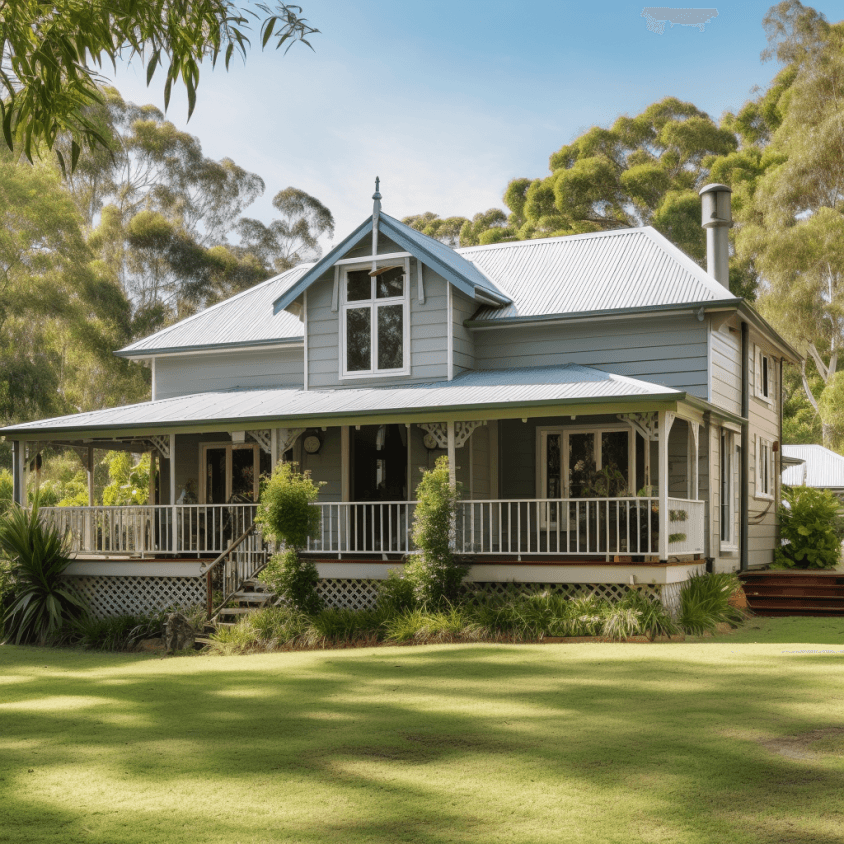The Evolution of Metal Roofing in Australia
Australia’s architectural heritage is rich and diverse, with metal roofing playing a pivotal role in shaping the nation's built landscape. From humble farmhouses to iconic landmarks, metal roofing, particularly corrugated iron, has stood the test of time.
The Humble Beginnings: Corrugated iron roofing first arrived in Australia in the 19th century. British manufacturers saw Australia as a potential market, and by the mid-1800s, corrugated iron became a staple in the Australian building industry. It was lightweight, durable, and easily transported, making it an ideal solution for the sprawling landscapes of Australia.

Significance in Australian Architecture: In the vast Australian outback, where resources were limited, the adaptability of corrugated iron was a boon. From shearing sheds to worker's cottages, and even churches, corrugated iron became synonymous with Australian rural architecture. This material wasn't just functional; it became part of the Australian identity. Its wavy design became a visual symbol of resilience and adaptability.
Modern-Day Resurgence: While corrugated iron roofing saw a dip in popularity with the advent of newer roofing materials, recent years have witnessed a resurgence. Architects and homeowners alike are rediscovering its charm, using it in modern designs that juxtapose the old with the new.
In essence, metal roofing, with its durability and iconic design, has left an indelible mark on Australia's architectural landscape. It stands as a testament to the country's history, resilience, and ever-evolving taste in design.
Chris Board Metal Roofing provides professional roofing services in Gold Coast, Brisbane, Northern NSW

